In the vast ecosystems of the earth, various organisms are distributed in different environments according to their characteristics and adaptability. For most people, giant creatures in the animal kingdom, such as Elephants-Are-Endangered.html">elephants and blue whales, often attract attention. However, there are also some amazing small animals in nature. Although they are tiny in size, they play an important role in their respective habitats. Today, we will take stock of the ten smallest animals in the world and explore their uniqueness and survival wisdom.
Pygmy Marmoset
Pygmy Rabbit
Mrs. Belt's Mouse Lemur
Spotted Tortoise
Etruscan Shrew
Slender Blind Snake
Balochistan Pygmy Jerboa
Northern Pygmy Owl
Bee Hummingbird
Kitty Hog-nosed Bat
Pygmy Marmoset (Cebuella pygmaea) is the smallest monkey in the world, living mainly in the rainforests of South America, especially in the treetops of the Amazon Basin. They are only about 15 cm long, with a tail slightly longer than the body, and usually weigh no more than 100 grams. Pygmy Marmosets are very active animals, they are good at jumping and climbing, and live almost in the canopy. Pygmy Marmosets mainly feed on gum, insects and small fruits.
Despite their tiny size, pygmy marmosets have excellent social skills, living in small family groups, and interacting in complex ways through sounds and body language.
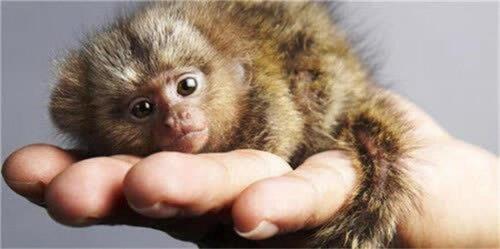
The dwarf rabbit (Brachylagus idahoensis) is one of the smallest rabbit species in the world, with a body length of about 24-29 cm and a weight of less than 500 grams. They are mainly distributed in the grasslands of North America, especially in the brush areas of Idaho. Pygmy rabbits live in burrows and mainly feed on grass, shrubs and young leaves of plants.
Due to the gradual shrinking and destruction of their habitat, the number of dwarf rabbits has gradually decreased. In recent years, the protection of wild dwarf rabbits has become particularly important, and scientists are committed to saving this rare species through artificial breeding programs.

Mrs. Berthe's mouse lemur (Microcebus berthae) is a tiny primate, only 9.2 cm long and weighing about 30 grams. They live in the dry forests of Madagascar and are the smallest primates in the world. Mouse lemurs are nocturnal animals that feed mainly on fruits, insects and gums.
This animal is under great pressure to survive, mainly from habitat destruction and threats from natural enemies. Despite this, mouse lemurs are able to quickly escape predators in the forest with their agile movements and excellent night vision.
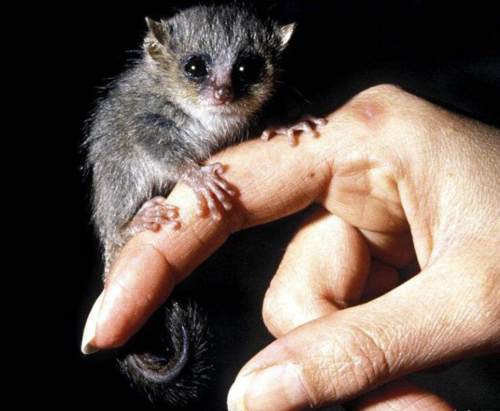
The Spotted Tortoise (Homopus signatus), also known as the South African Spotted Tortoise, is one of the smallest tortoises in the world. They are only 8-10 cm long and weigh about 140-180 grams. Spotted Tortoises are mainly distributed in deserts and arid areas of South Africa, relying on their hard shells and adaptability to extreme environments to survive.
The Spotted Tortoise's diet is mainly succulents and wild flowers, which provide essential moisture in arid environments. Due to their small size and slow movements, they are able to hide in rock crevices and vegetation to avoid predators.
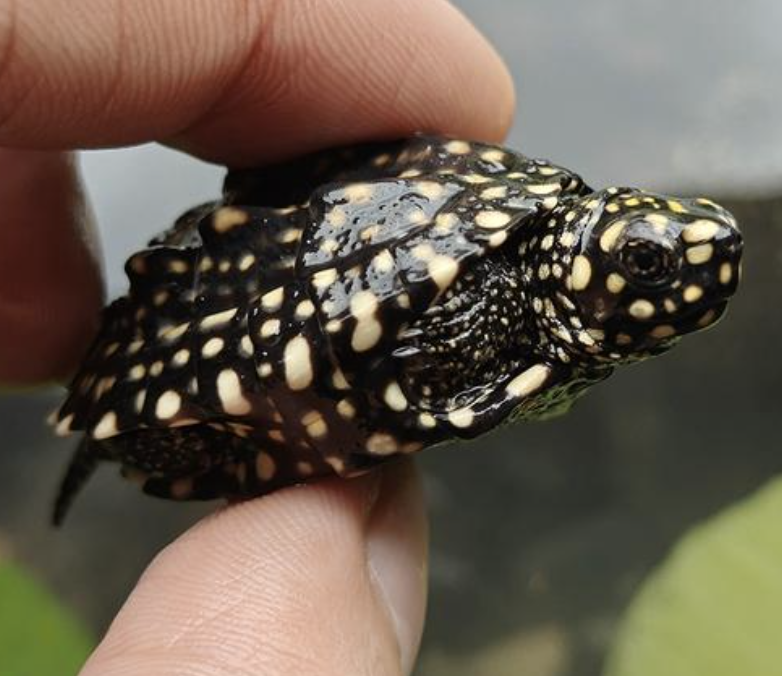
The Etruscan Shrew (Suncus etruscus) is one of the smallest mammals in the world, weighing only 1.2-2.7 grams and about 3-5 cm in length. They are widely distributed and live in grasslands, forests and cultivated lands in Europe, North Africa and Asia. Despite their small size, they are carnivores, mainly preying on insects and other small invertebrates.
Etruscan shrews have a very fast metabolism and eat almost constantly to sustain their survival. Their heart rate is as high as 1200 beats per minute, one of the highest in the animal kingdom.
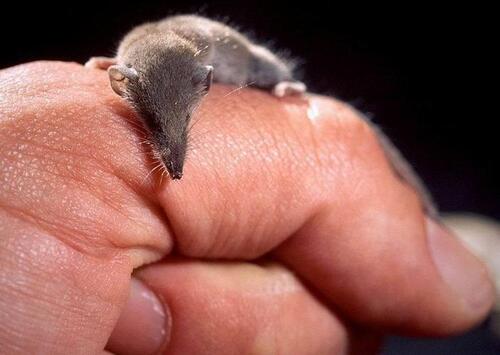
The Slender Blind Snake (Leptotyphlops carlae) is one of the smallest snakes in the world, usually no longer than 10 cm and extremely light. They live mainly in the Caribbean region under the soil and leaf litter, leading a secret underground life. Blind snakes feed on ants, termites and their larvae.
Many people tend to confuse slender blind snakes with large earthworms due to their body shape. However, their body structure and way of moving make them a unique snake, and although they have degraded vision, their other senses are very well developed.
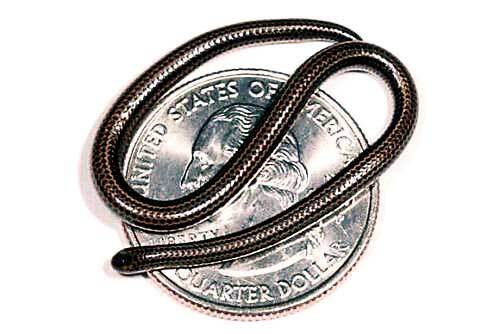
The Balochistan Pygmy Jerboa (Salpingotulus michaelis) is the smallest jerboa in the world, living in the deserts of Pakistan and Afghanistan. They are about 4-5 cm long, with a tail length of about 7 cm and weigh only 3-4 grams. Jerboas are efficient jumpers in the desert, using their powerful hind legs to move quickly across the sand in search of food and water.
Balochistan pygmy jerboas feed on plant seeds and insects and are active mainly at night to avoid the high temperatures of the day. Despite their small size, they have amazing jumping abilities and can easily jump out of the range of predators.
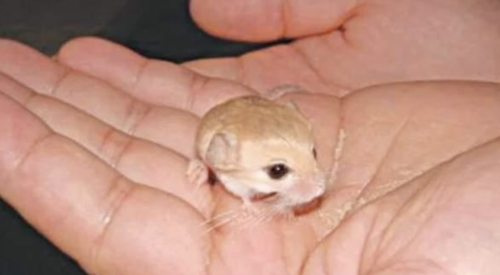
The Northern Pygmy Owl (Glaucidium californicum) is one of the smallest owls in the world, measuring only 16-18 cm in length and weighing about 60 grams. They live in mountain forests in North America and mainly prey on small mammals and birds. Despite their small size, the Northern Pygmy Owl relies on its keen eyesight and hearing to hunt at night, demonstrating extraordinary hunting abilities.
This owl is not only small in size, but also agile and can fly quickly between trees. It is one of the important predators in the forest ecosystem.
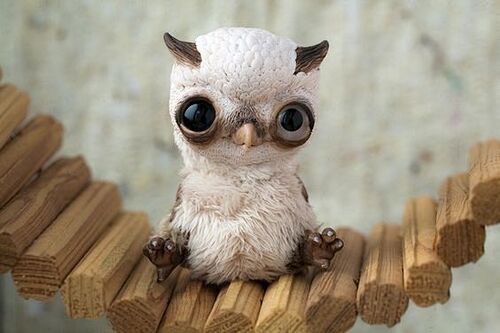
Honey Bee Hummingbird (Mellisuga helenae) is the smallest bird in the world, with a body length of only 5-6 cm and a weight of about 1.8-2 grams. They are mainly distributed in Cuba and the surrounding Caribbean region. Honey Bee Hummingbirds stay in the air by rapidly vibrating their wings to absorb nectar. They can flap their wings 80 times per second, which makes them one of the fastest small birds in nature.
Honey Bee Hummingbirds have brightly colored bodies, especially males, which often have shiny feathers as a sign to attract mates.
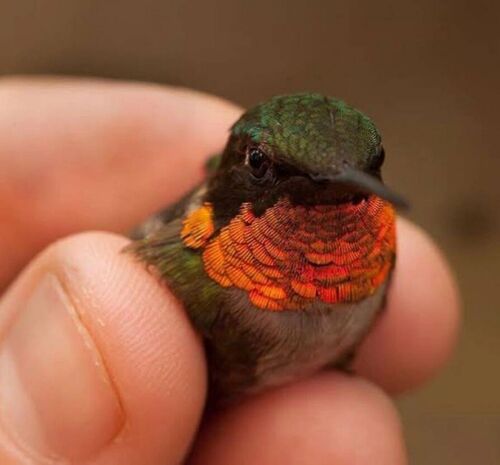
Kitti Hog-nosed Bat (Craseonycteris thonglongyai), also known as the "shrew bat", is one of the smallest mammals in the world, only 3 cm long and weighing about 2 grams. They mainly live in limestone caves in Thailand and Myanmar, relying on echolocation to catch flying insects.
Despite their tiny size, Kitti Hog-nosed Bats have quite advanced hunting skills, especially in dark cave environments. In addition, their low reproduction rate makes them more sensitive to the effects of habitat destruction.
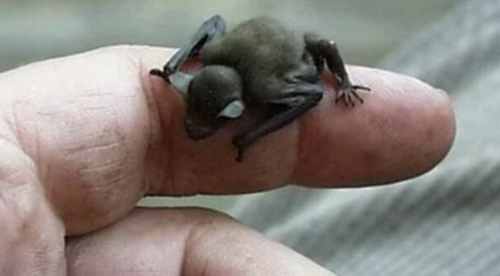
Through this article, we witness the small miracles in nature. These small animals have adapted to different environments through evolution and show amazing survival ability. Although they are small in size, each species plays an indispensable role in their respective ecosystems.
From the swift pygmy marmoset to the nimble Kitti's hog-nosed bat, the smallest animals on Earth have great potential in their microscopic worlds.
animal tags: Pygmy-Marmoset Pygmy-rabbits Mrs. Berthe-s-mouse-lemur Spotted-Tortoises
We created this article in conjunction with AI technology, then made sure it was fact-checked and edited by a Animals Top editor.